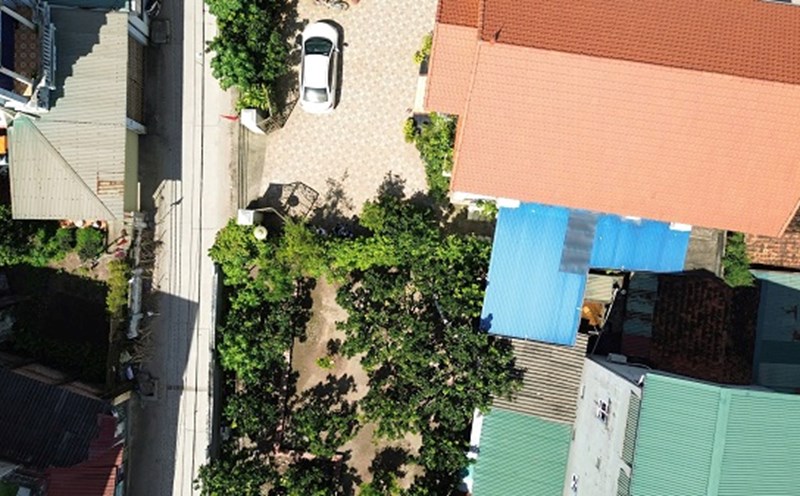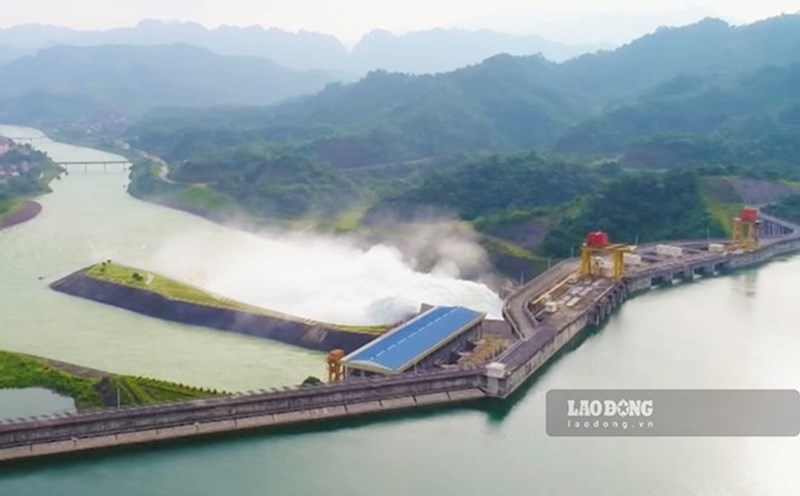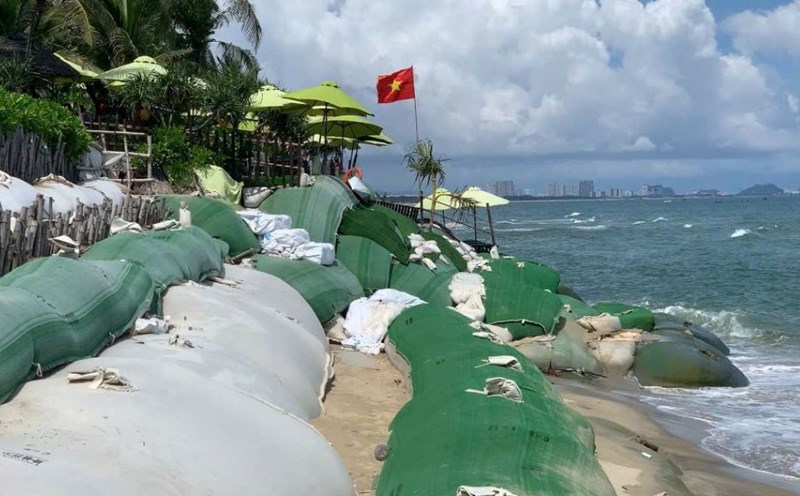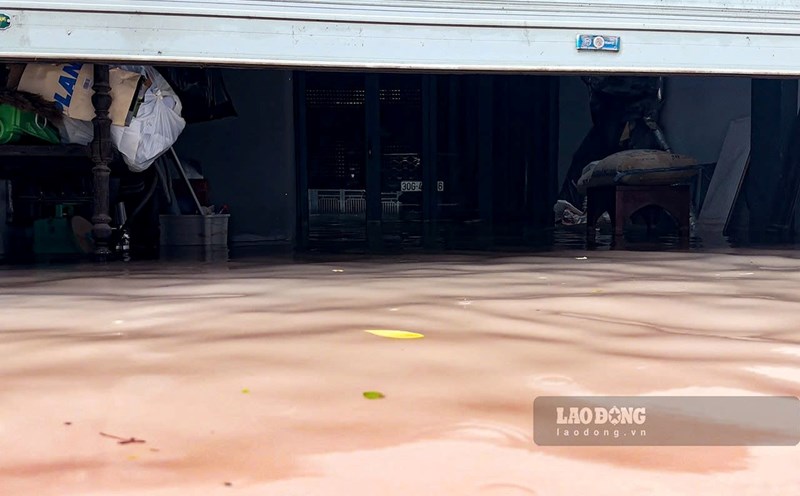According to statistics from the functional forces of Bac Ninh province, as of 8:00 p.m. yesterday (October 8), in Bac Ninh province, floods and rains have caused: 3 deaths, more than 10,000 households having to move their houses to safe places, more than 1,800 households being isolated, 1 reservoir being broken (Ho Dai Gao), 500m of canals being broken, 2 pumping stations being flooded, 162m of dykes being eroded; 1,680m of dykes having to be built to prevent overflow, 61 basins being overflowed, 102 roads being deeply flooded and unable to travel, 135 points were flooded, more than 8,000 hectares of rice and mai flower flowers were flooded; more than 1,400 hectares of fruit trees were flooded...
On the morning of October 9, according to information from the Weather Center - News Agency, Vietnam Television, all night, the water level on the Thuong River at Phu Lang Thuong station, Cau River at Dap Cau station continuously increased.
This morning, the flood on the Thuong River at Phu Lang Thuong station, Bac Ninh province will peak at about 1.4m above alert level 3 and about 0.18m above the historical flood level in 1986 .
This afternoon, the flood on the Cau River at Dap Cau station, Bac Ninh province will peak at about 1.1 m above alert level 3 and about 0.44 m below the historical flood level.
The flood of the Thuong River at Cau Son station, Bac Ninh province, on the Cau River at Gia Bay station, Thai Nguyen province, continued to decrease and remain above alert level 3.
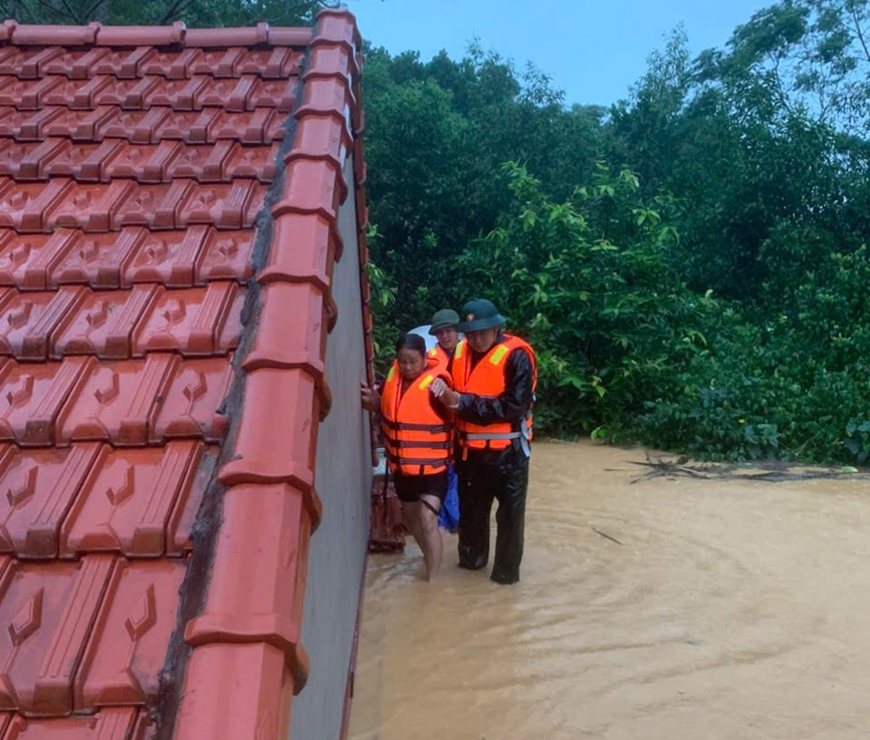
According to the records, Bac Ninh province is urgently organizing dike protection work, ensuring the safety of dykes, dams, mobilizing maximum forces, vehicles, and materials to promptly handle incidents from the first hour.
At the same time, the locality is also focusing on supporting, visiting, and encouraging the families of the deceased. Immediately deploy urgent measures to prevent and control floods according to the warning level, focusing on reviewing areas with deep flooding, areas at risk of landslides, flash floods to proactively relocate and evacuate residents (especially the elderly, children, and vulnerable groups) out of dangerous areas, ensuring the safety of people's lives is paramount.
At the same time, by all means, approach deeply flooded and isolated areas to promptly provide food and provisions to households at risk of hunger, absolutely do not let people go hungry or thirsty...




